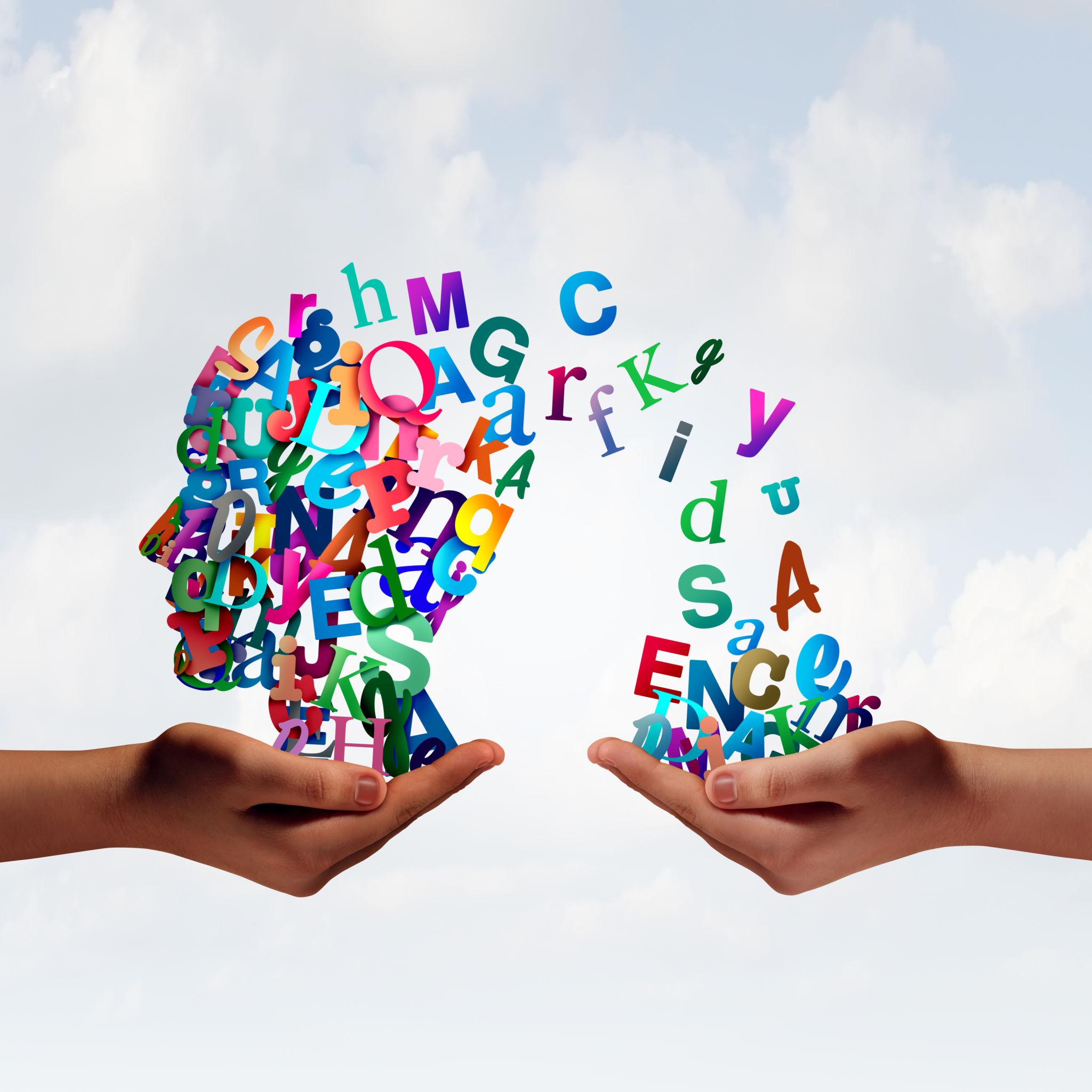Debunking Common Myths About Farsi Language Translation
Understanding the Complexity of Farsi Translation
Farsi, also known as Persian, is a beautiful and complex language spoken by millions of people worldwide. However, many myths and misconceptions surround the translation of Farsi, leading to misunderstandings and inaccuracies. In this blog post, we aim to debunk some of these common myths and shed light on the realities of translating this intricate language.

Myth 1: Farsi is Just a Dialect of Arabic
A prevalent misconception is that Farsi is merely a dialect of Arabic. This couldn't be further from the truth. Though both languages share some vocabulary due to historical interactions, they belong to entirely different language families. Farsi is an Indo-European language, while Arabic is a Semitic language. This distinction means that their grammar, syntax, and core vocabulary differ significantly.
Understanding these differences is crucial for accurate translation. Assuming Farsi operates under the same linguistic rules as Arabic can lead to errors and misinterpretations. Professional translators must recognize and respect these distinctions to ensure precise communication.
The Nuances of Farsi Grammar and Syntax
Another common myth is that Farsi translation is straightforward because it is perceived as having a simple grammar structure. In reality, Farsi grammar is rich with nuances and complexities that require careful attention. The language features a subject-object-verb order, which differs from the subject-verb-object order found in English.

Additionally, Farsi employs various verb forms, tenses, and aspects that must be accurately captured in translation. Ignoring these subtleties can result in translations that fail to convey the intended meaning or tone. Skilled translators must be adept at navigating these linguistic intricacies.
Myth 2: Machine Translation Can Handle Farsi Efficiently
With advancements in technology, many people believe that machine translation tools can efficiently handle Farsi translation. While these tools have improved over time, they still fall short of capturing the subtleties and cultural context inherent in human languages like Farsi.
Machine translations often struggle with idiomatic expressions, cultural references, and context-specific meanings that are crucial for effective communication. Human translators bring a level of understanding and cultural sensitivity that machines cannot replicate, ensuring translations are both accurate and culturally appropriate.

The Importance of Cultural Context
An essential aspect of translation is understanding the cultural context in which a language operates. Farsi is deeply rooted in Persian culture, with its literature, poetry, and history playing a significant role in everyday communication. Translators need to be well-versed in these cultural elements to provide translations that resonate with native speakers.
Ignoring cultural context can lead to translations that are technically correct but lack the emotional depth or relevance needed to truly connect with the audience. This highlights the importance of choosing experienced translators who understand both the language and its cultural nuances.
Myth 3: All Translators Are Created Equal
A final myth is that any bilingual individual can provide high-quality translations. While being fluent in both source and target languages is a prerequisite, it does not automatically equate to being a skilled translator. Professional translators possess specialized training and experience that enable them to navigate complex linguistic challenges.
Expert translators have honed their skills over years of practice, developing an eye for detail and a deep understanding of linguistic intricacies. They are adept at preserving the original message while adapting it to suit the target audience's cultural and linguistic context.
In conclusion, debunking these myths about Farsi translation reveals the importance of relying on professional human translators who understand the language's complexities and cultural significance. By doing so, businesses and individuals can ensure their messages are accurately conveyed and culturally resonant.